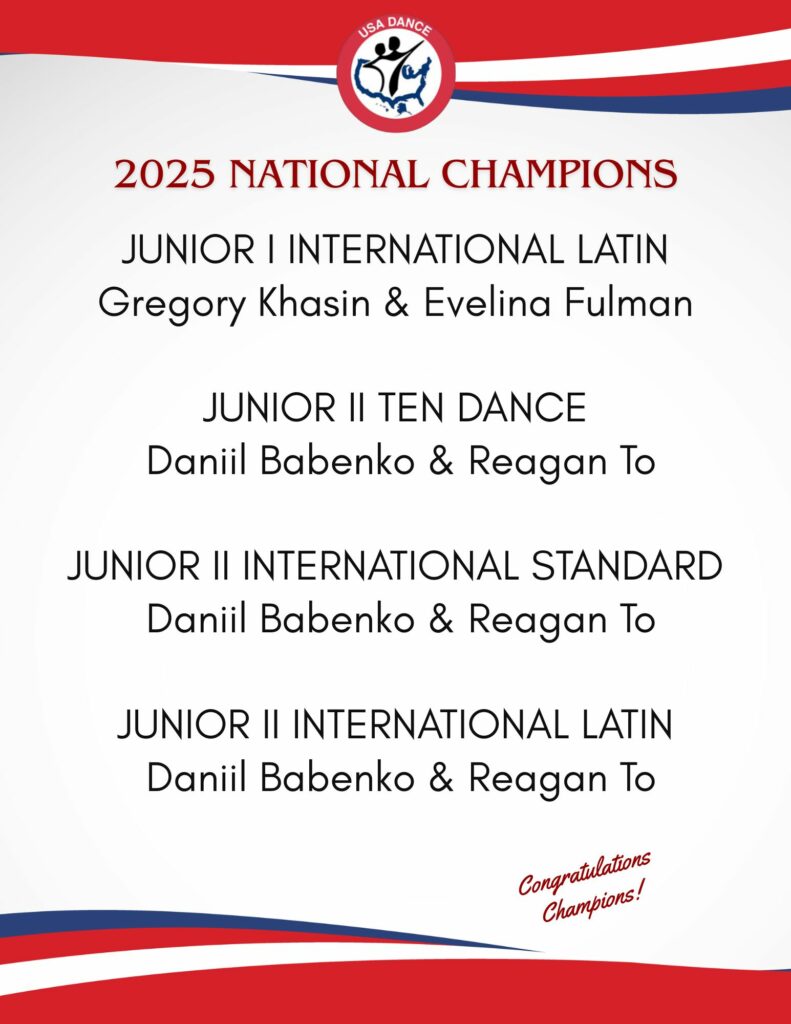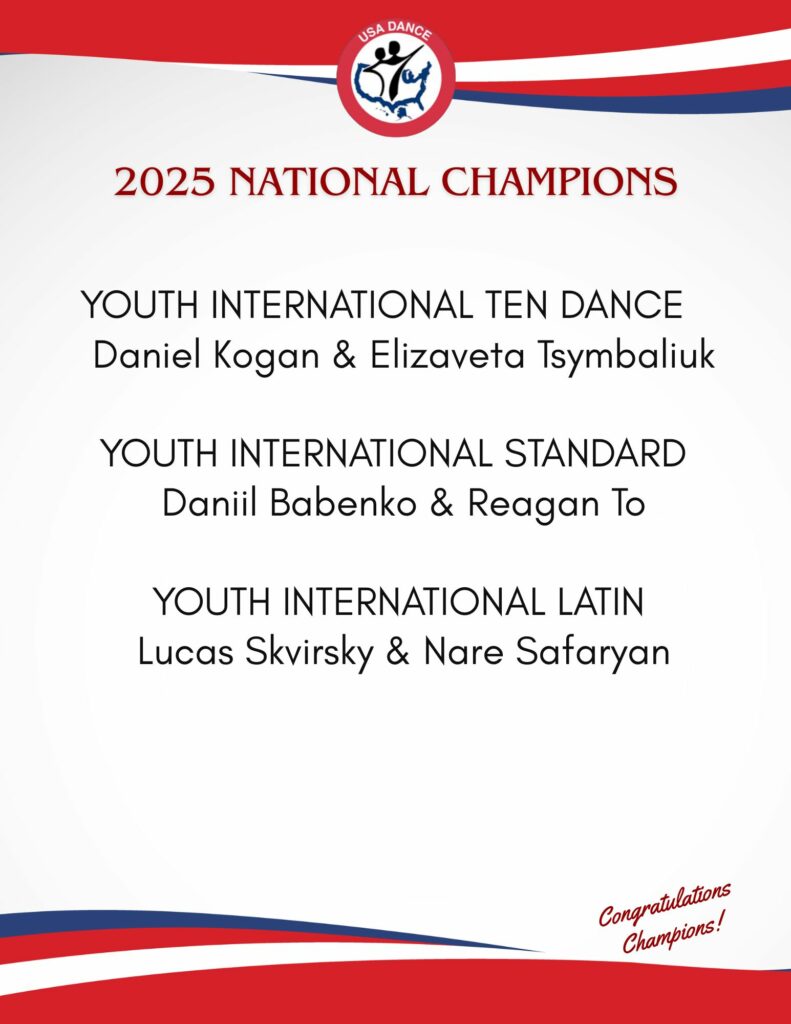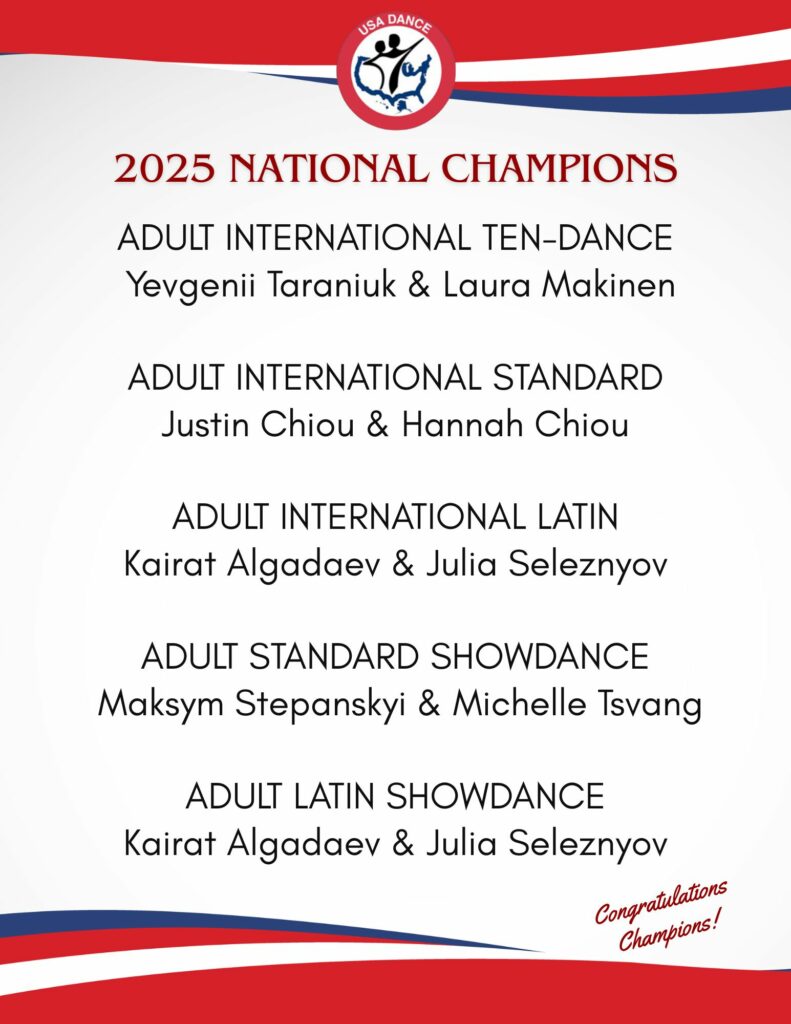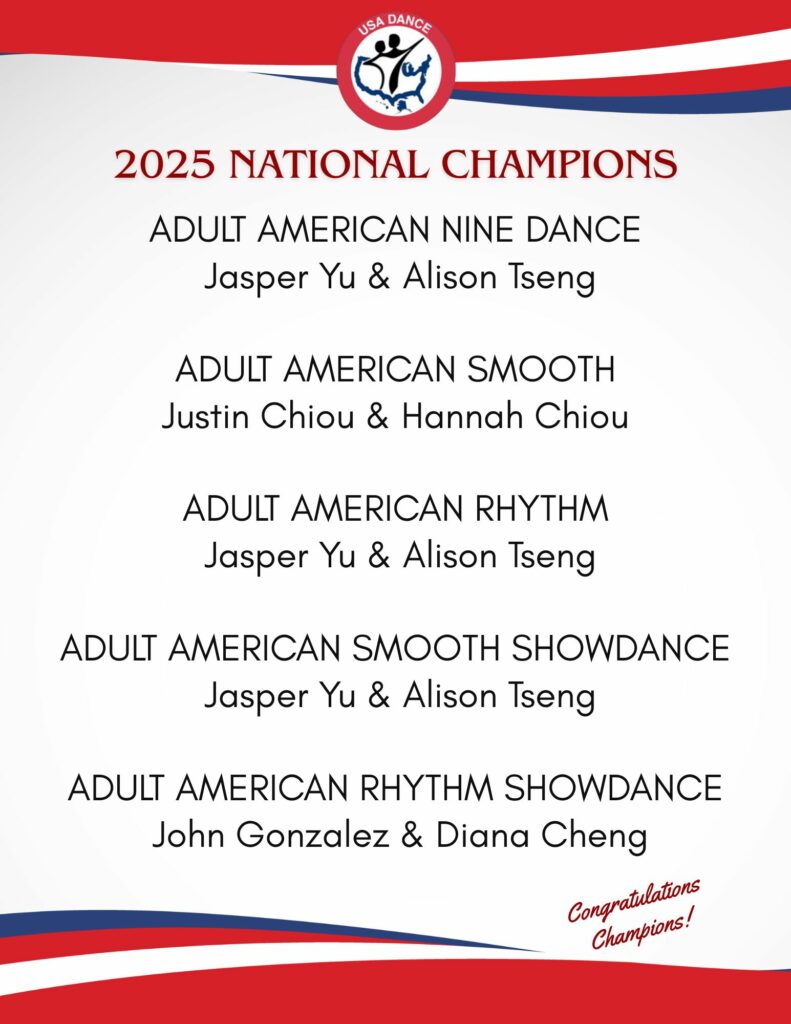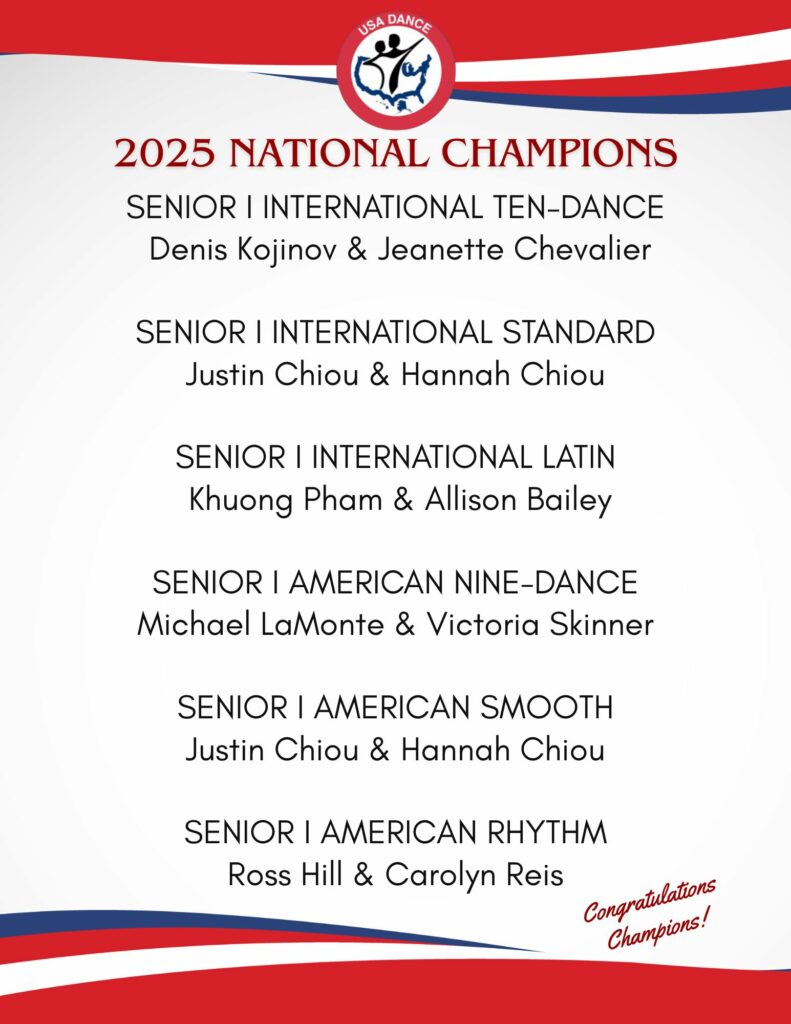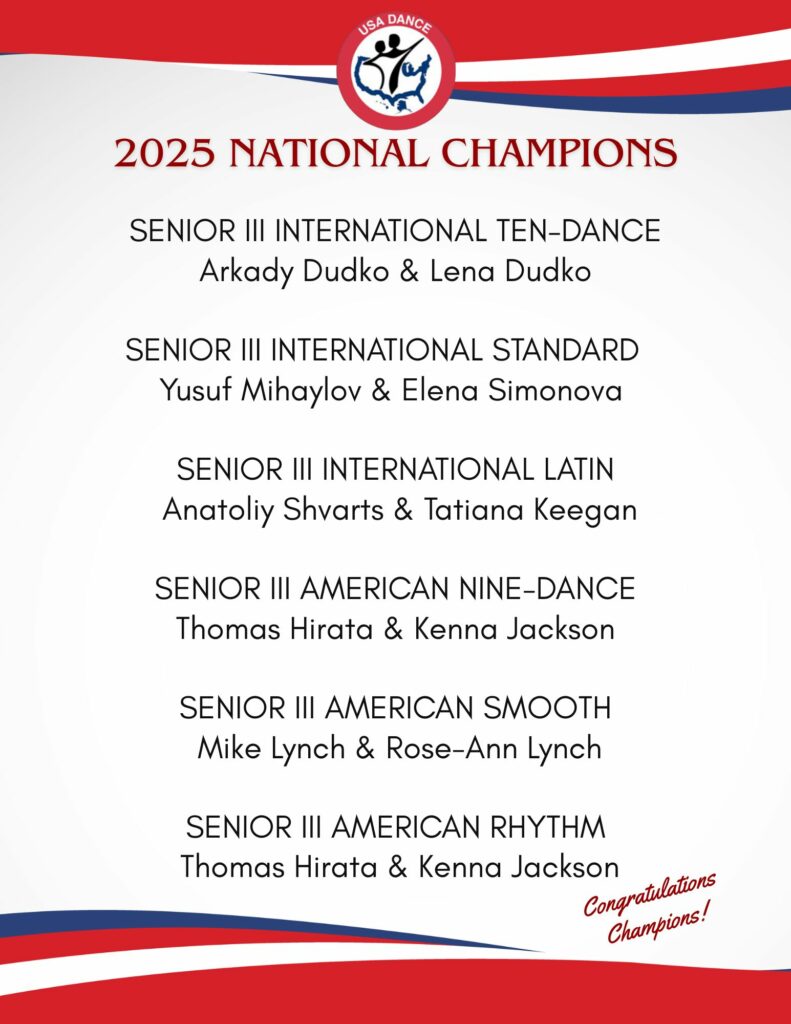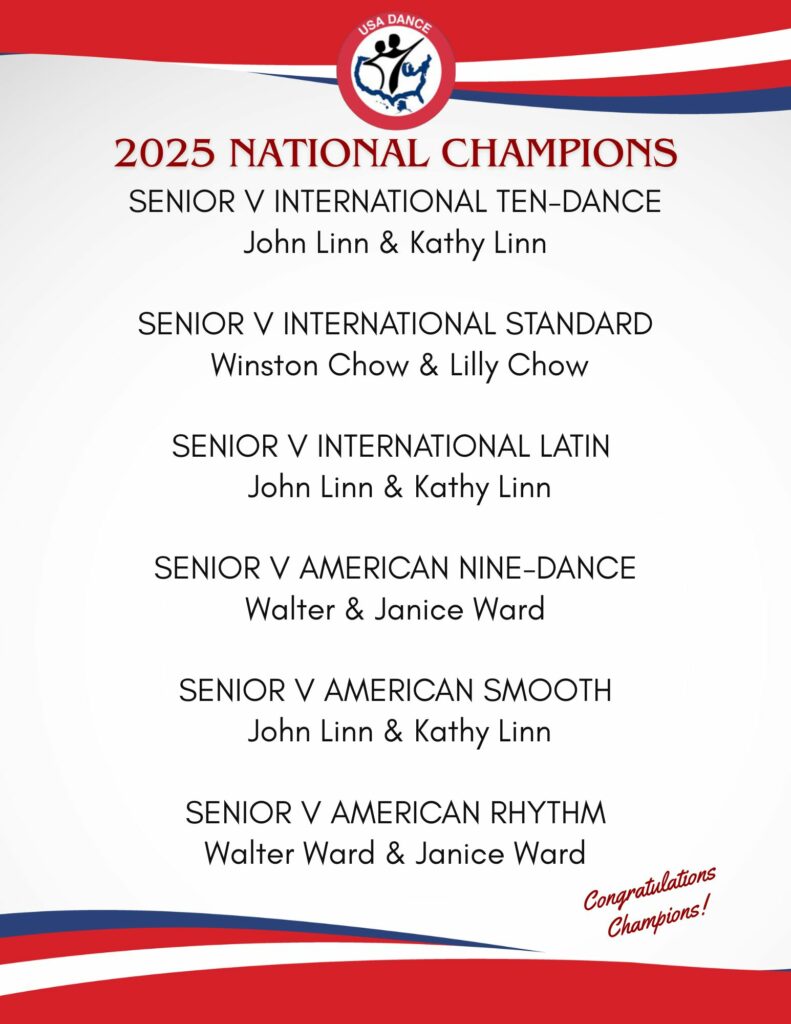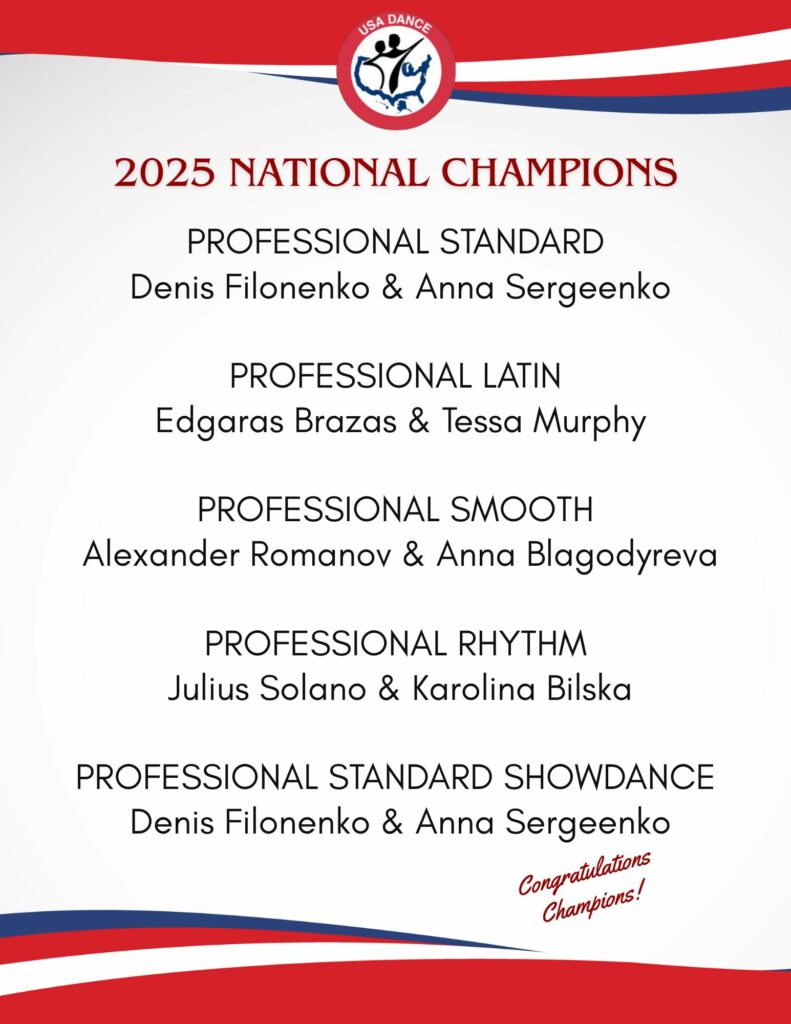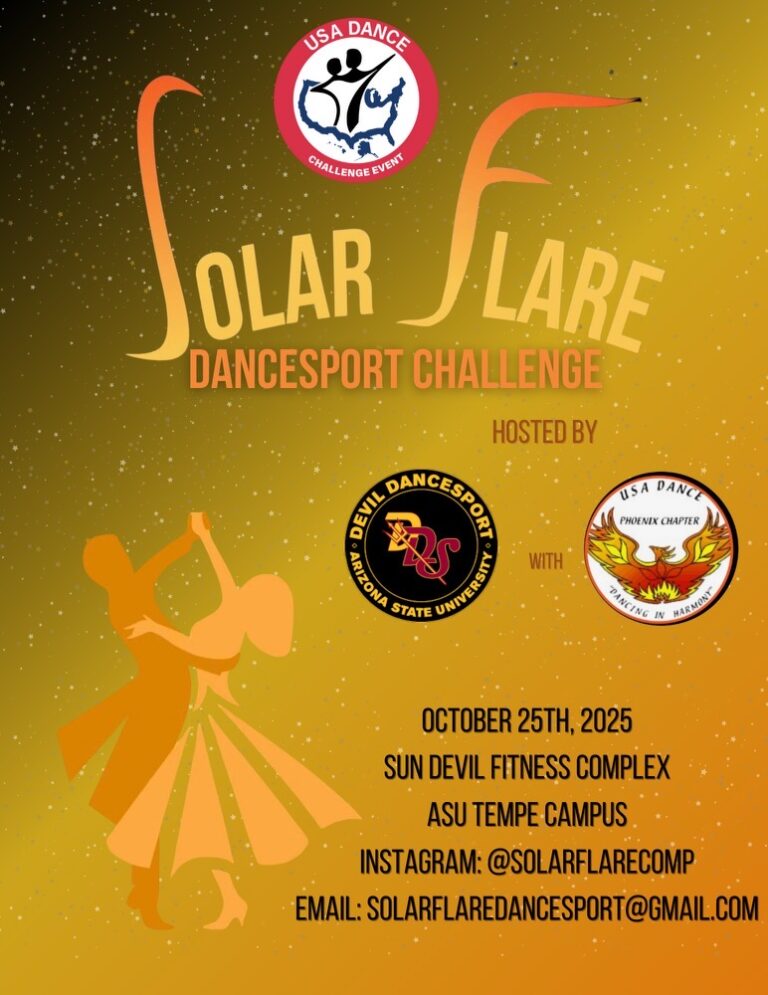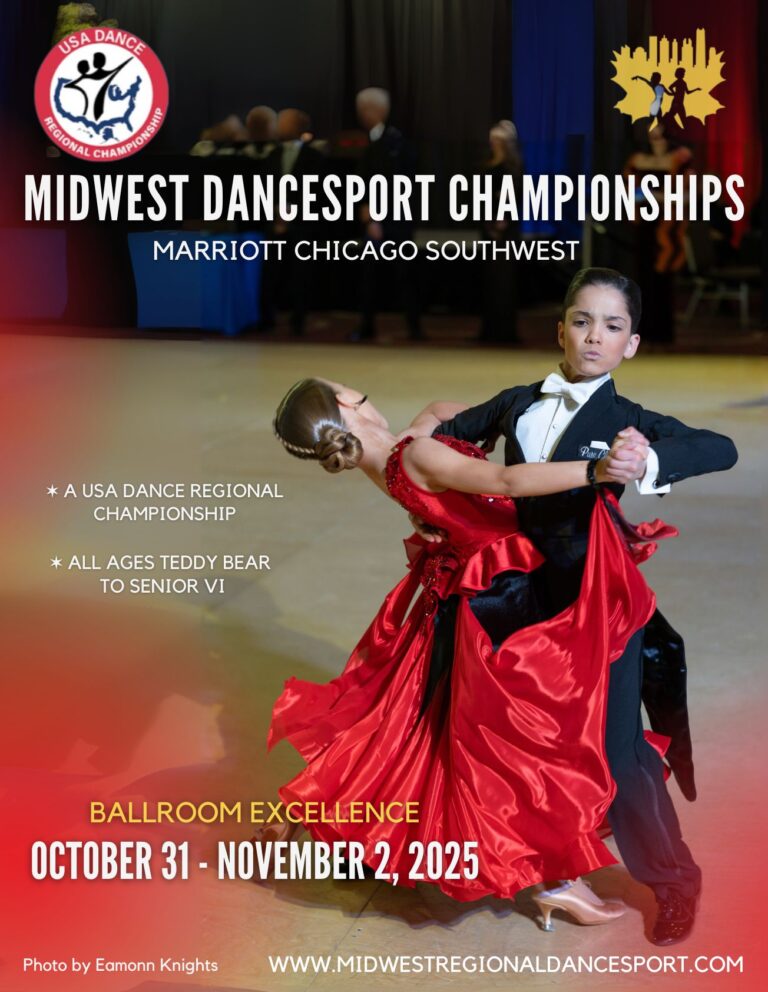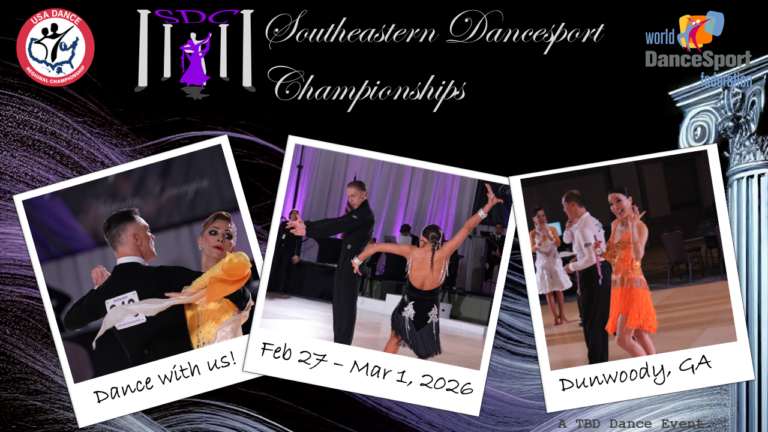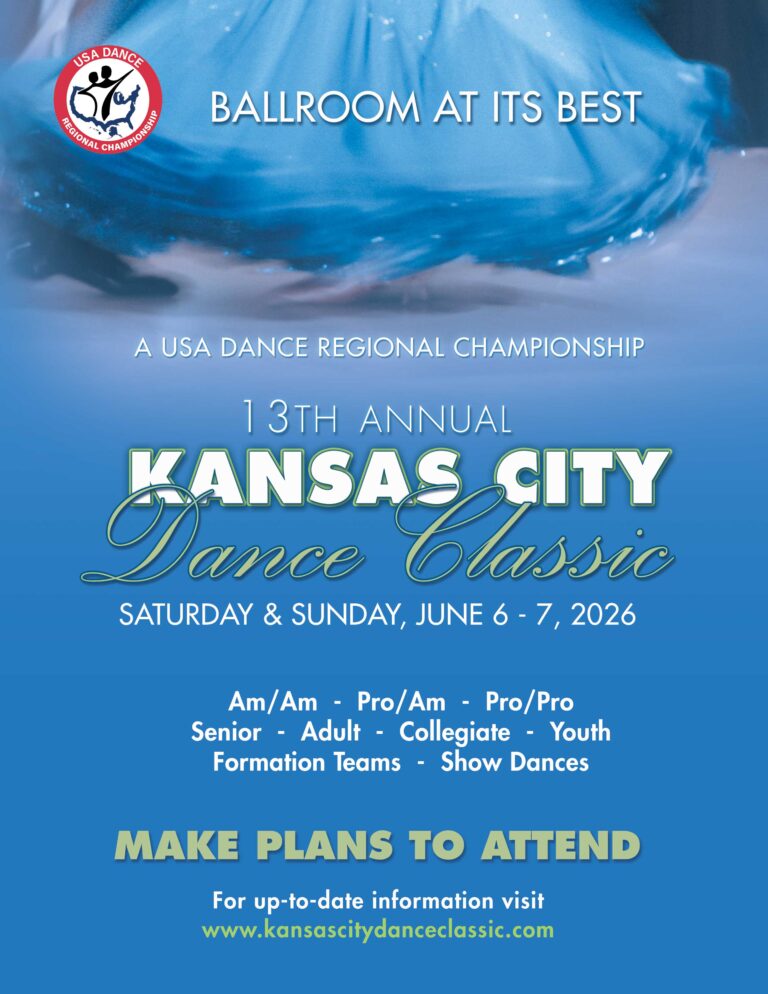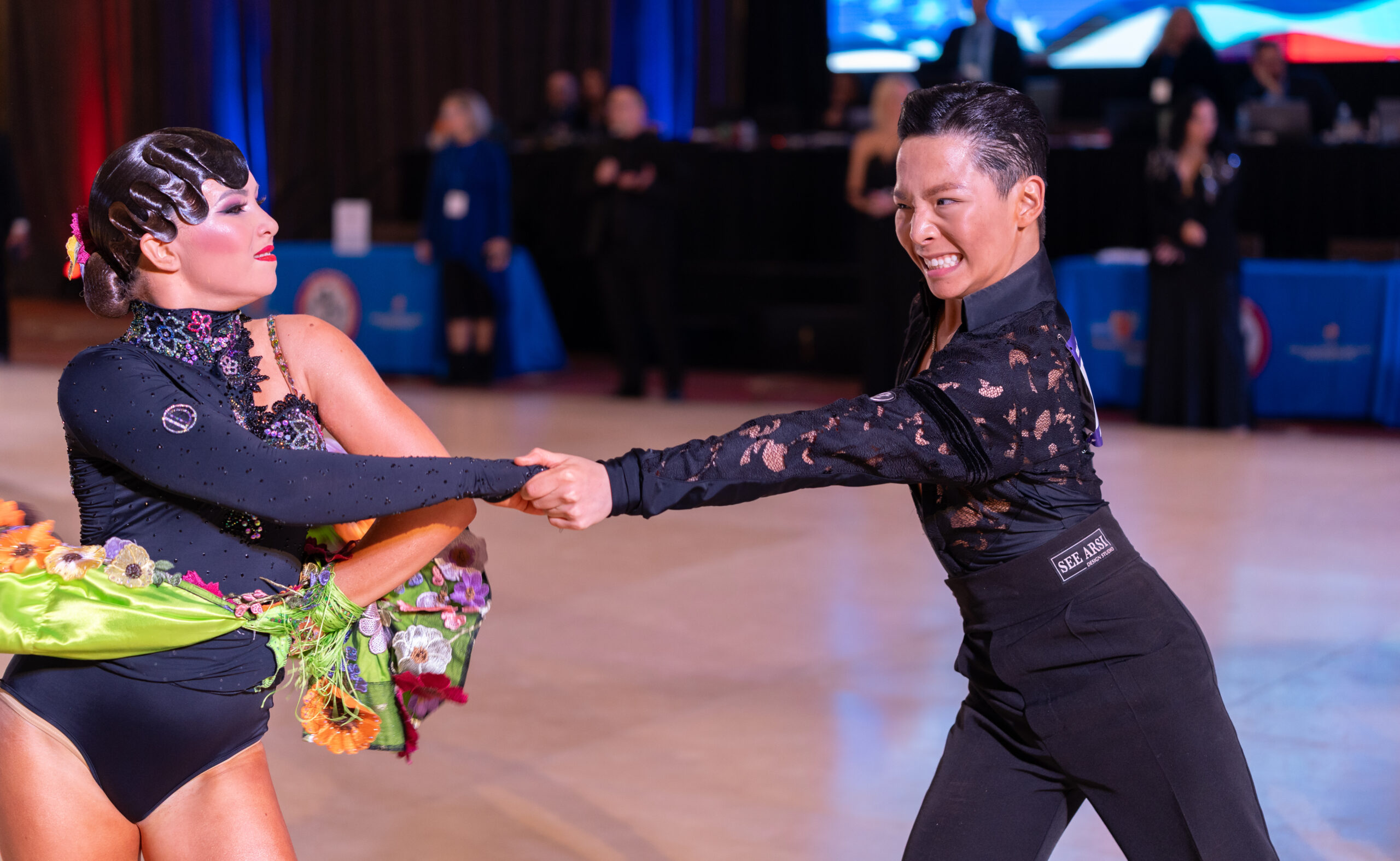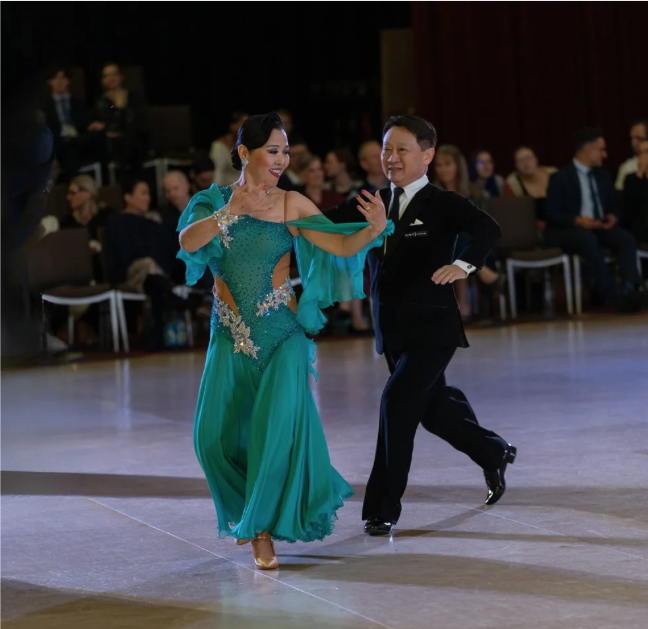After I wrote my commentary on Etiquette Lost, I found it interesting to read the responses; there were some good ones! MBR writes, “We always had rules, but many didn’t learn them until after an incident or collision.” This reminded me of an article about the Swing era in the 1940s and how it ended due to too many injuries!
I received many responses, but there were too many to list here.
Later, I read from a member that the Line dance perpetrator voiced her disapproval and said the article made her feel “unwelcome.” Then wrote, “Again, 5 people boycott, and we lose money.” I was surprised that there was not an apology for the disruption, but then again, as an instructor, she should have known about disrupting the line of dance.
Is it worth risking the club’s success to have her way? Line dancers should not be on the dance floor during smooth category dances; Many believe that line dancing should not be allowed on a ballroom dance floor! Here are the primary reasons:
Flow
- Line of Dance: Smooth category dances (such as Waltz, Foxtrot, Viennese Waltz, and Tango) follow a specific line of dance, moving counterclockwise around the dance floor. This flow is essential for the dancers to execute their routines smoothly and without interruption.
- Obstruction: Line dancers typically crowd themselves in areas in the dance flow path, which can disrupt the continuous movement required for smooth dances. This congestion forces smooth dancers to navigate around them, breaking their flow and leading to potential collisions.
Safety
- Avoiding Collisions: Smooth dances involve large, sweeping movements covering much space. If line dancers occupy the same space, the risk of collisions increases, which can lead to injuries for both smooth and line dancers.
- Unpredictable Movements: Smooth dancers’ movements can be unpredictable to those unfamiliar with diagonal center and diagonal wall. Line dancers on the floor during these dances may not anticipate the direction and speed of smooth dancers, further increasing the risk of accidents.
Respect and Etiquette
- Dance Floor Etiquette: Ballroom dance etiquette includes respecting the designated space and time for each type of dance. This ensures that everyone can enjoy their preferred style without interference.
- Shared Space: Dance events often have schedules indicating when different types of dances will take place. Adhering to these schedules shows consideration for all dancers, allowing each group to enjoy the dance floor fully during their allotted time.
Optimal Enjoyment
- Focused Dancing: When the dance floor is dedicated to a specific style, dancers can fully engage in their routines without distractions, enhancing the overall experience for both participants and spectators.
- Preserving Ambiance: The ambiance and musicality of smooth dances often differ from those of line dances. Keeping the dance floor clear for each style maintains the intended atmosphere and enjoyment.
Best Practices
- Separate Areas: Event organizers can designate separate areas for line and smooth dancing, ensuring each group has enough space to dance comfortably and safely.
- Clear Schedules: Having a clear schedule and announcements for each type of dance can help dancers know when to be on the floor and give way to others.
- Communication: Dancers can communicate and coordinate with each other to ensure everyone gets a chance to dance without interfering with others.
Conclusion
Line dancers should avoid the dance floor during smooth category dances to maintain the flow and safety of the dance, respect dance etiquette, and ensure optimal enjoyment for all participants. By following these guidelines, dance events can run smoothly and provide a positive experience for everyone involved.
Editor’s Note: The views and opinions expressed in this commentary belong to the writer and should not be considered the official views and opinions of USA Dance. American Dancer, as the official publication of USA Dance, welcomes our readers’ comments and suggestions to improve the dancing we all love. Send yours to Managing Editor Rose-Ann Lynch: americandancer@usadance.org.
 Tom Hufnagel has intermittently been an active member of USA Dance’s Chapter #2015 Youngstown-Warren, Ohio, since the 1990s. He used to work as a Microsoft Office software instructor at ETI Technical College in Niles, Ohio, but is now retired. Along with the college director, Renee Zuzolo, he taught East Coast Swing and Waltz to the students for free. Tom learned ballroom dance in Columbus and Grandville Heights, Ohio.
Tom Hufnagel has intermittently been an active member of USA Dance’s Chapter #2015 Youngstown-Warren, Ohio, since the 1990s. He used to work as a Microsoft Office software instructor at ETI Technical College in Niles, Ohio, but is now retired. Along with the college director, Renee Zuzolo, he taught East Coast Swing and Waltz to the students for free. Tom learned ballroom dance in Columbus and Grandville Heights, Ohio.


